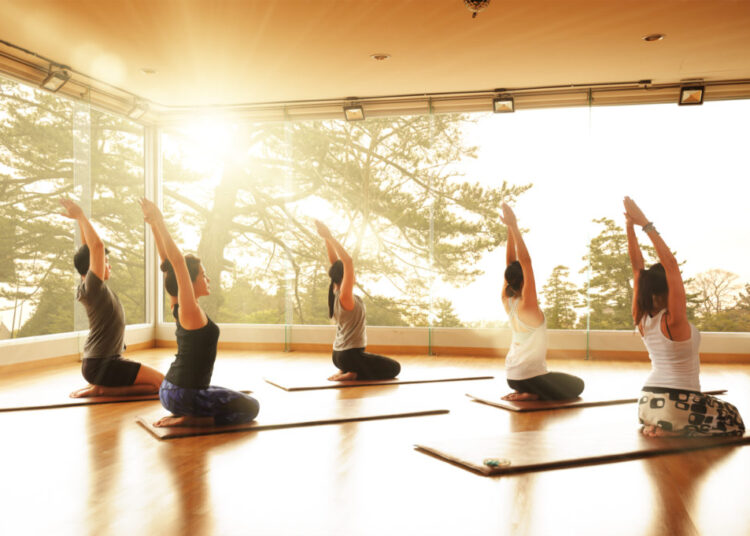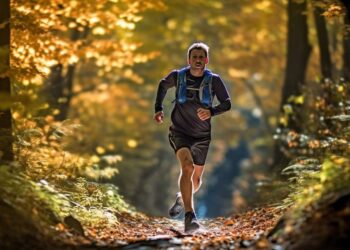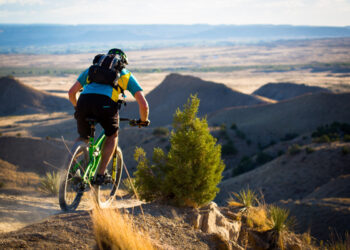Yoga is far more than a physical workout; it’s a profound practice that seamlessly unites the mind, body, and breath. In an increasingly fast-paced world, this ancient discipline offers a sanctuary of calm, a path to improved physical health, and a tool for mental clarity. While the sheer number of yoga poses, or asanas, can seem overwhelming to a beginner, the journey begins by understanding a few foundational postures. These essential poses form the bedrock of almost every yoga style, providing the strength, flexibility, and awareness needed to deepen your practice.
This comprehensive guide will demystify the core of yoga by breaking down the most important poses. We will explain each asana in detail, from its proper alignment and key benefits to common mistakes and modifications. By the time you finish, you will have a clear understanding of not just how to perform these poses, but also why they are so crucial to a balanced and fulfilling practice.
The Foundational Philosophy
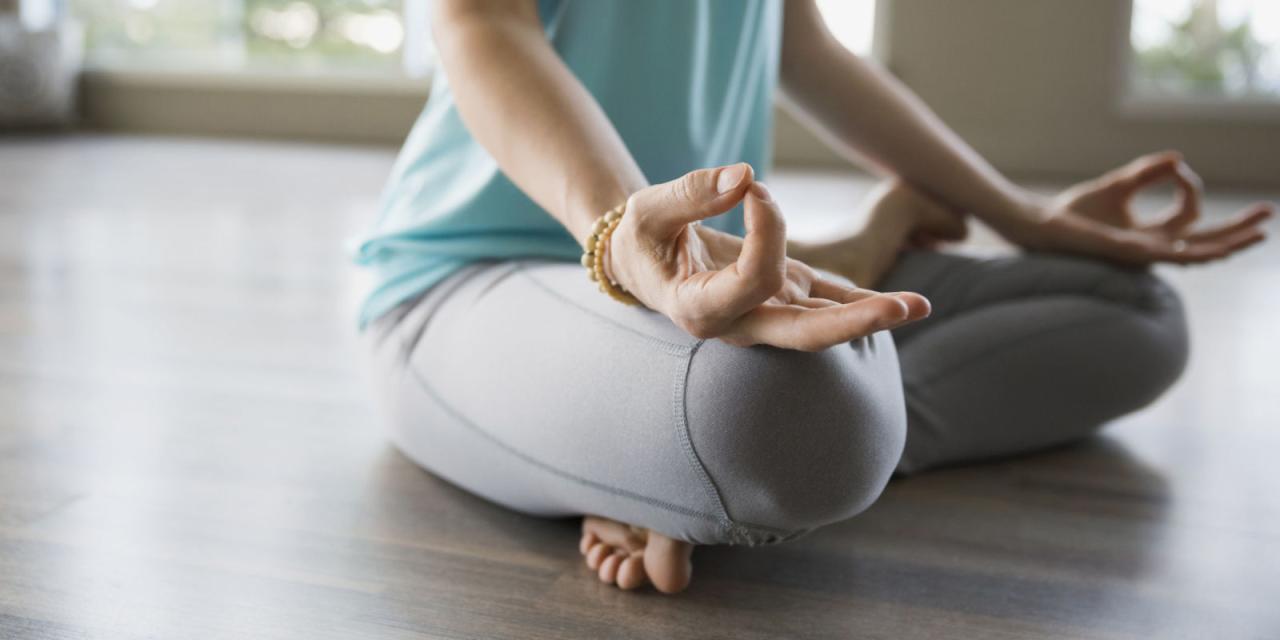
To truly benefit from yoga, you must first understand that it’s not a competition. The practice is not about touching your toes or holding a difficult pose for a long time. It is about a journey of self-discovery, listening to your body, and cultivating a deeper connection between your physical self and your inner consciousness.
- A. The Mind-Body-Breath Connection: This is the trinity at the heart of all yoga. The physical poses (body) are linked together through mindful breath (pranayama), which in turn helps to calm and focus the mind. Learning to control your breath is the first and most vital step. The Ujjayi breath, a deep, rhythmic breath that sounds like the ocean, is often used to create heat in the body and a focal point for the mind during practice.
- B. The Role of a Mat: Your yoga mat is your personal space—a sanctuary for your practice. It’s where you can be present without judgment or distraction. Stepping onto your mat is a sign to your mind and body that it’s time to focus inward.
- C. Listening to Your Body: This is the most important piece of advice for any yogi. Pain is your body’s signal to back off. Pushing yourself too far can lead to injury and frustration. A pose is successful not when it looks a certain way, but when you feel a safe, healthy stretch and can breathe through the sensations.
Fundamental Asanas for a Strong Practice
The following poses are the building blocks of a complete yoga routine. They are often linked together to form sequences that warm up the body, build strength, and increase flexibility.
1. Mountain Pose (Tadasana)
Often overlooked as a simple standing posture, Mountain Pose is the foundation of all standing asanas. It teaches you proper alignment and the power of grounding.
- A. How to Perform: Stand at the top of your mat with your feet together, or slightly apart if that is more comfortable. Spread your toes and root down through the four corners of your feet. Engage your thighs, gently pull your kneecaps up, and tuck your tailbone slightly. Draw your navel in towards your spine to engage your core. Roll your shoulders up, back, and down to open your chest. Let your arms hang by your sides with your palms facing forward. Look straight ahead and breathe deeply.
- B. Key Benefits: Tadasana corrects posture, strengthens the ankles, legs, and core, and helps to ground and center the mind before beginning a flow. It cultivates an awareness of your body’s vertical axis, teaching you how to stand tall and strong.
- C. Common Mistakes & Modifications: A common mistake is to lock the knees or to slouch the shoulders forward. Instead, keep a micro-bend in your knees and keep your chest open. For beginners, a wider stance can provide more stability.
2. Downward-Facing Dog (Adho Mukha Svanasana)
Perhaps the most iconic yoga pose, Downward-Facing Dog is a staple in almost every class. It is a full-body stretch that energizes and rejuvenates.
- A. How to Perform: From a tabletop position (hands and knees), curl your toes under and lift your hips up and back, forming an inverted “V” shape. Spread your fingers wide, grounding down through your palms. Your head should hang freely. Bend your knees generously to focus on lengthening your spine, keeping your back as straight as possible. Over time, you can work on straightening your legs and bringing your heels closer to the floor. Your feet should be hip-width apart and your hands should be shoulder-width apart.
- B. Key Benefits: Downward-Facing Dog stretches the hamstrings, calves, and Achilles tendons. It strengthens the arms, shoulders, and back while decompressing the spine. The pose also helps to improve circulation by bringing blood flow to the head. It’s often used as a transitional pose to connect other asanas.
- C. Common Mistakes & Modifications: A major mistake is rounding your back or putting too much weight on your wrists. To correct this, bend your knees deeply and push your hips further back. If your wrists are sensitive, you can slightly turn your hands outward.
3. Plank Pose (Phalakasana)
Plank Pose is a powerful core-building asana that prepares the body for more challenging poses. It teaches proper alignment and activates muscles throughout the body.
- A. How to Perform: From Downward-Facing Dog, shift your weight forward until your shoulders are stacked directly over your wrists. Your body should form a straight line from the crown of your head to your heels. Engage your core, squeeze your glutes, and push through your heels. Make sure your hands are still shoulder-width apart and your feet are hip-width apart.
- B. Key Benefits: Plank builds incredible strength in the core, arms, shoulders, and wrists. It is a fundamental pose for anyone looking to build a strong foundation for a yoga or fitness practice.
- C. Common Mistakes & Modifications: The most common mistake is letting your hips sag or lifting them too high, both of which reduce core engagement. For a modification, you can drop your knees to the mat, ensuring your back remains straight.
4. Warrior I (Virabhadrasana I)
Warrior I is a powerful standing pose that builds strength in the legs and core while opening the hips and chest. It embodies strength and stability.
- A. How to Perform: From a standing position, step your left foot back about 3-4 feet, turning your toes out slightly (about 45 degrees). Bend your right knee until it is directly over your ankle. Make sure your hips are squared forward, facing the same direction as your front foot. Inhale and sweep your arms up overhead, palms facing each other. Keep your shoulders down and away from your ears.
- B. Key Benefits: Warrior I strengthens the thighs, calves, and ankles. It also stretches the hip flexors and opens the shoulders and chest, improving posture. The pose is energizing and can help to build confidence.
- C. Common Mistakes & Modifications: A common mistake is allowing the front knee to collapse inward or for the hips to open to the side. To correct this, actively push the front knee out and try to square your hips. For a modification, a shorter stance can be used.
5. Warrior II (Virabhadrasana II)
Another iconic pose, Warrior II, is a strong, expansive stance that improves focus and endurance.
- A. How to Perform: From Warrior I, open your hips and torso to the left side, keeping your front knee bent. Extend your arms out to the front and back, parallel to the floor, with your gaze over your front fingertips. Your back foot should be parallel to the back of the mat, and your front heel should be aligned with the arch of your back foot. Ensure your front knee is still directly over your ankle.
- B. Key Benefits: This pose deeply strengthens the legs, ankles, and core. It also helps to open the hips and chest and is known for its ability to build stamina and mental fortitude.
- C. Common Mistakes & Modifications: The most frequent mistake is letting the front knee collapse inward or not bending the knee enough. For a more gentle option, you can lessen the bend in your front knee.
6. Triangle Pose (Trikonasana)
Triangle Pose is a beautiful and accessible standing stretch that lengthens the entire body, from the tips of your fingers to the soles of your feet.
- A. How to Perform: From Warrior II, straighten your front leg. Reach forward with your front hand as far as you can, then hinge at your front hip, bringing your hand down to your shin, ankle, or a yoga block. Reach your other arm straight up to the ceiling, stacking your shoulders. Your body should be in one flat plane, as if you are sandwiched between two panes of glass. Gaze up at your top hand or straight ahead.
- B. Key Benefits: Triangle Pose stretches the hamstrings, inner thighs, groin, and spine. It also strengthens the legs and core and can help to relieve stress and improve balance.
- C. Common Mistakes & Modifications: A common error is bending forward at the waist instead of hinging at the hip. To prevent this, imagine your back is against a wall. If you can’t reach the floor, place your hand on a yoga block or your shin.
7. Tree Pose (Vrksasana)
Tree Pose is a balancing posture that improves focus, concentration, and stability. It is a powerful pose for grounding yourself and finding a sense of inner calm.
- A. How to Perform: From Mountain Pose, shift your weight onto your right foot. Root down firmly. Lift your left foot and place the sole on the inside of your right ankle, calf, or inner thigh (avoid placing it directly on the knee joint). Once you find your balance, bring your hands to your heart center, or if you feel stable, extend them overhead. Find a fixed point to gaze at (a drishti) to help maintain your balance.
- B. Key Benefits: Tree Pose strengthens the standing leg, ankles, and feet. It also improves balance, stability, and focus, and helps to calm the nervous system.
- C. Common Mistakes & Modifications: The most common mistake is using your hands to force your foot into position, which can lead to slipping. If you feel wobbly, place your foot on your ankle with your toes on the floor.
8. Child’s Pose (Balasana)
This is one of the most important resting poses in yoga. It provides a gentle release for the back and a chance to pause and reconnect with your breath.
- A. How to Perform: From a kneeling position, sit back on your heels. Gently fold forward, bringing your forehead to the floor. You can either keep your knees together for a deeper back stretch or separate them wide to allow your torso to rest between your thighs. Your arms can be extended forward, or rest them along your sides with your palms facing up.
- B. Key Benefits: Child’s Pose gently stretches the hips, thighs, and ankles. It also relieves tension in the back, neck, and shoulders. It is a soothing and calming pose that can be used whenever you need a break or want to reconnect with your breath.
- C. When to Use: This is your go-to rest pose. You can enter Child’s Pose whenever you feel fatigued or overwhelmed.
A Simple Flow
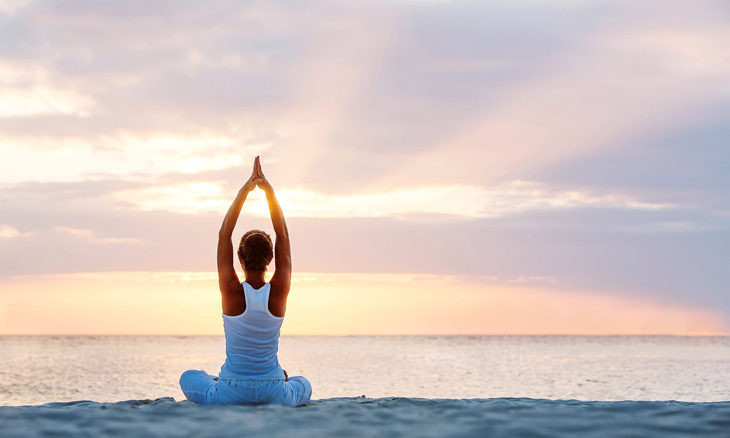
Putting these poses together into a sequence is how you create a “flow.” The poses are linked by your breath, creating a moving meditation. Here is an example of a simple Vinyasa flow using the poses we have explained.
- A. Warm-Up: Begin with gentle stretches, such as cat-cow, to warm up your spine. This prepares your body for more intense movements.
- B. Sun Salutations (Surya Namaskar): This is a popular sequence that links breath with movement. It typically moves from Mountain Pose to a forward fold, then to a low plank, followed by an upward-facing dog or cobra, and finally back to a downward-facing dog.
- C. The Standing Flow: From Downward-Facing Dog, step your right foot forward between your hands and come up into Warrior I. After a few breaths, transition to Warrior II. From Warrior II, move into Triangle Pose. After holding for a few breaths, come back up to a standing position and repeat the sequence on the other side.
- D. Cool-Down: After the main flow, begin to wind down with gentle stretches. A seated forward fold, a few spinal twists, and a happy baby pose are great ways to bring your body back to a calm state before the final rest.
- E. Savasana: End your practice with 5-10 minutes of Savasana, allowing your body to rest and absorb the benefits.
Conclusion
The world of yoga is a vast and incredible universe, and the poses explained in this guide are merely the constellations that will help you find your way. Achieving a perfect pose is not the goal; the goal is the journey—the conscious effort to connect your breath to your movement, the humility to acknowledge your limits, and the patience to celebrate every small improvement. The real benefits of yoga extend far beyond the mat.
Through a consistent practice, you will not only gain physical strength and flexibility but also a powerful sense of mental clarity. The daily discipline of stepping onto your mat and focusing on your breath helps to reduce stress, improve concentration, and cultivate a deeper sense of self-awareness that you can carry with you throughout your day. It teaches you to be present and to respond to life with calm rather than reaction.
So, do not be intimidated by the beautiful and seemingly impossible poses you see on social media. Begin with these fundamental asanas. Embrace the modifications, and listen to your body. Your yoga practice will be entirely unique to you, and it will evolve as you do. The true essence of yoga is not a competition or a destination, but a lifelong relationship with yourself—a relationship built on compassion, mindfulness, and unwavering dedication. By committing to this journey, you are not just strengthening your body; you are nurturing your soul.

